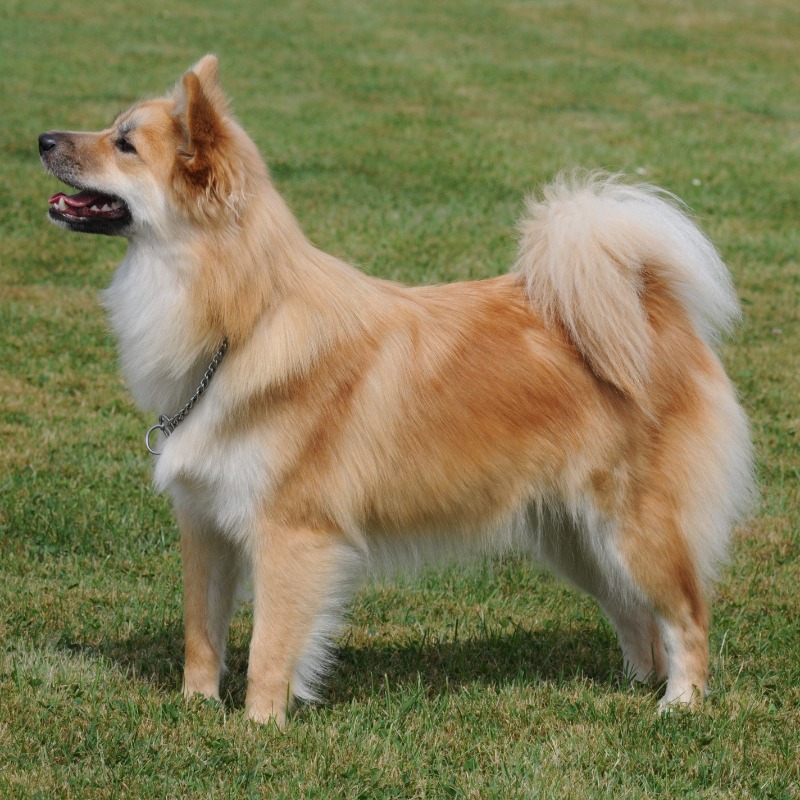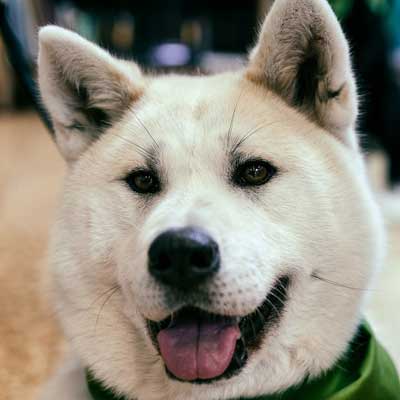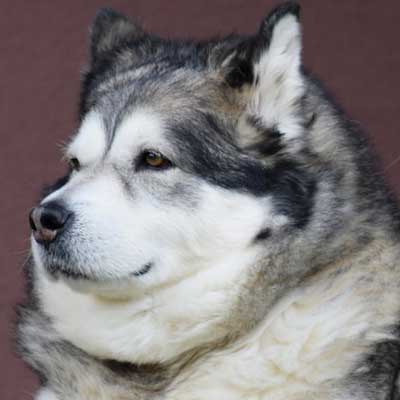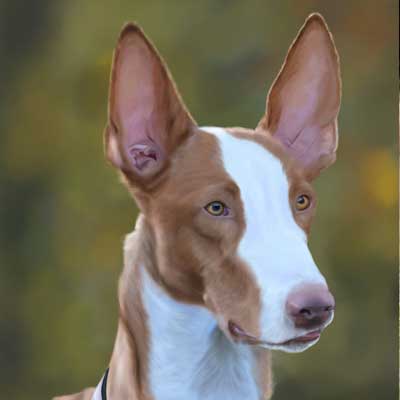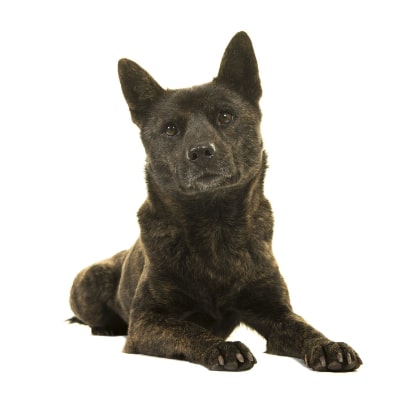Icelandic sheepdog
A great barker, he is a shrewd and agile dog
The Icelandic Sheepdog is Iceland’s native breed of dog. It is the descendant of the dogs brought to Iceland by the original Viking settlers (AD 870-930).The dogs became indispensable in the rounding up of livestock and in the daily work on the farms. Their method of working adapted to the local terrain, farming methods and the people’s hard struggle for survival over the centuries.
-
Head
Strongly built with close fitting skin. Triangular when seen from above or the side. -
Head - cranial region
Skull: Somewhat domed.
Stop: Clearly defined though neither steep nor high.
-
Head - facial region
Nose: Black, dark brown on chocolate brown and some cream dogs.
Muzzle: Well developed and strong, nasal bridge straight. Muzzle slightly shorter than skull. Tapering evenly towards the nose to form a blunt triangle when seen from both above and from the side.
Lips: Close fitting. Black, dark brown on chocolate brown and some cream dogs.
Jaws/Teeth: Scissor bite, complete dentition preferred.
Cheeks: Clean, well filled.
Eyes: Almond shaped, of medium size. Dark brown, can be slightly lighter in chocolate brown and some cream dogs. The eyerims are black or dark brown on chocolate brown and some cream
dogs. Showing a mild expression.
Ears: Erect and of medium size. Set well apart without being low set. Close to equilateral triangle with firm edges and slightly rounded tips. Very mobile, reacting sensitively to sounds and
showing the dog’s mood. -
Neck
Moderately long, clean and muscular. Slightly arched, carrying the head well.
-
Body
Strong and in harmony with general appearance.
Back: Level, muscular and strong.
Loin: Broad, muscular and fairly short.
Croup: Moderately short and wide, slightly sloping and well muscled.
Chest: Long, deep and well sprung.
Underline and Belly: Only a slight tuck up. -
Tail
High set, curled over and touching the back
-
Forequarters
General appearance: When seen from the front the forelegs are straight, parallel and strong. Normal angulation.
Shoulders: Oblique and muscular.
Dew claws: May be double.
Forefeet: Slightly oval, toes well arched and tight, with well developed pads. -
Hindquarters
General appearance: When seen from behind the hind legs are straight, parallel and strong. Normal angulation.
Thigh: Broad and well muscled.
Dew claws: Well developed double dew claws are desirable.
Hind feet: Slightly oval, toes well arched and tight, with well developed pads -
Gait / Movement
Displays agility and endurance with good driving action, covering the ground effortlessly. -
Coat - hair
Hair: There are two variants:
Short-haired: The outer coat is fairly coarse, with a thick, soft undercoat. The hair is shorter on the face, top of head, ears and front of legs. It is longer on the neck, chest and back of thighs. The tail is
bushy and the hair length is in proportion to the coat.
Long-haired: The outer coat is longer and fairly coarse, with a thick, soft undercoat. The hair is shorter on the face, top of head, ears and front of legs. It is longer behind the ears, on the neck, withers, chest and back of thighs and with fringes on the back of the forelegs.
The tail is very bushy and the hair length is in proportion to the coat. -
Coat - color
• Fawn and red in various shades, ranging from cream to reddish brown
• Grey shaded
• Chocolate brown in various shades
• Black
White markings always accompany the main colour, lighter shading often occurs on the underside of the dog, from throat to tip of tail.
On grey shaded dogs and quite often on fawn and red dogs a dark mask, dark tips to the outer hairs and dark hairs in the coat occur (dark overlay/sable).
Black and chocolate brown dogs most often have traditional tan markings in any of the various fawn colours on the cheeks, over the eyes (eyebrows), below the tail, on the underside of the tail
and on the legs.
Pied dogs have patches of colour on the body on a white background, and can also have the accompanying white markings. The patches of colour, which can vary in size, should predominate.
The white markings, which are often irregular, are a blaze or a part of the face, collar, chest, socks of varying length and tip of tail.
Colour on or near the ears is preferred. -
Size
Ideal height at withers:
Male: 46 cm.
Female: 42 cm. -
Faults
Any departure from the foregoing points should be considered a fault and the seriousness with which the fault should be regarded should be in exact proportion to its degree and its effect upon the health and welfare of the dog.
• A solid black or brown mantle or saddle on a fawn or red dog (hound markings)
• Very light eyes
• Round eyes
• Complete lack of dewclaws on hind legs -
Serious faults
• Blue eyes
• Yellow eyes -
Disqualifying faults
• Aggressive or overly shy dogs
• Any dog clearly showing physical or behavioural abnormalities.

